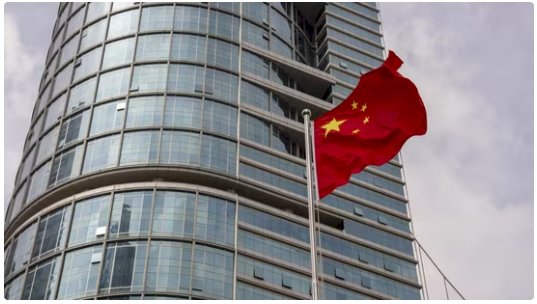CHINA OPENS ITS MANUFACTURING AND HEALTHCARE SECTORS TO FOREIGN INVESTMENT

Beijing recently took significant steps to attract foreign investments and stimulate the world’s second-largest economy. As of November 1, China removed the last remaining restrictions on foreign investments in its manufacturing sector, as announced by the National Development and Reform Commission (NDRC). These changes included lifting requirements for Chinese majority control in printing factories and allowing overseas investments in the production of Chinese herbal medicine. The NDRC also committed to expanding access to foreign capital in the service industry and reviewed policies to encourage greater overseas participation in this sector.
In a related move, China implemented new policies to broaden foreign investments in the healthcare sector. Foreign entities were permitted to engage in the development and application of advanced technologies, such as stem cells and gene-based diagnostics and treatments, within pilot free trade zones in cities like Beijing, Shanghai, Guangdong, and Hainan. Products approved in these zones could then be marketed and used nationwide. The government further allowed the establishment of wholly foreign-owned hospitals in cities including Beijing, Tianjin, Shanghai, Nanjing, Suzhou, Fuzhou, Guangzhou, Shenzhen, and Hainan. However, restrictions remained on the acquisition of public hospitals and facilities practicing traditional Chinese medicine. These policy updates, which took effect immediately, marked a strategic effort by China to attract global investments and revitalize its manufacturing and healthcare sectors.





























